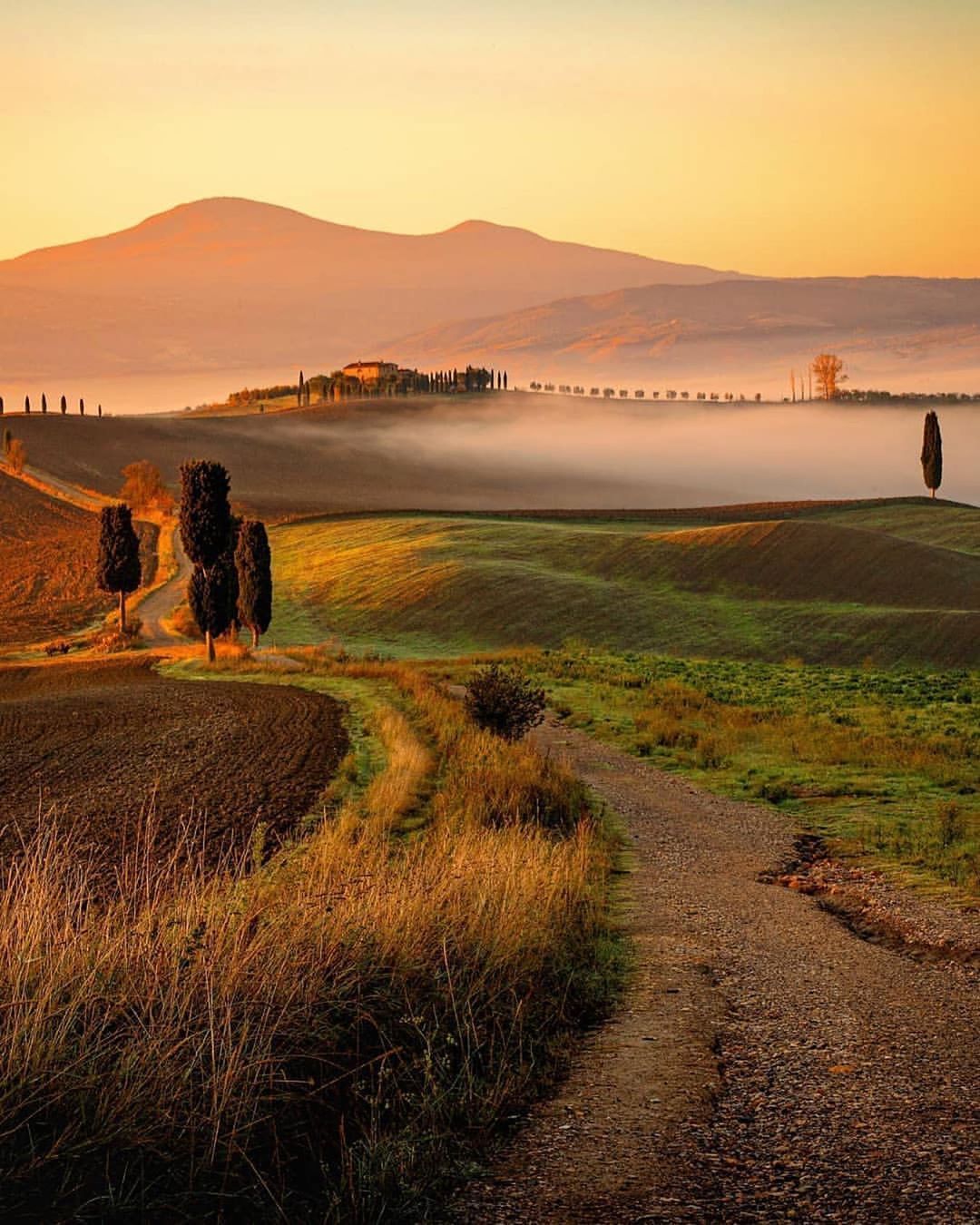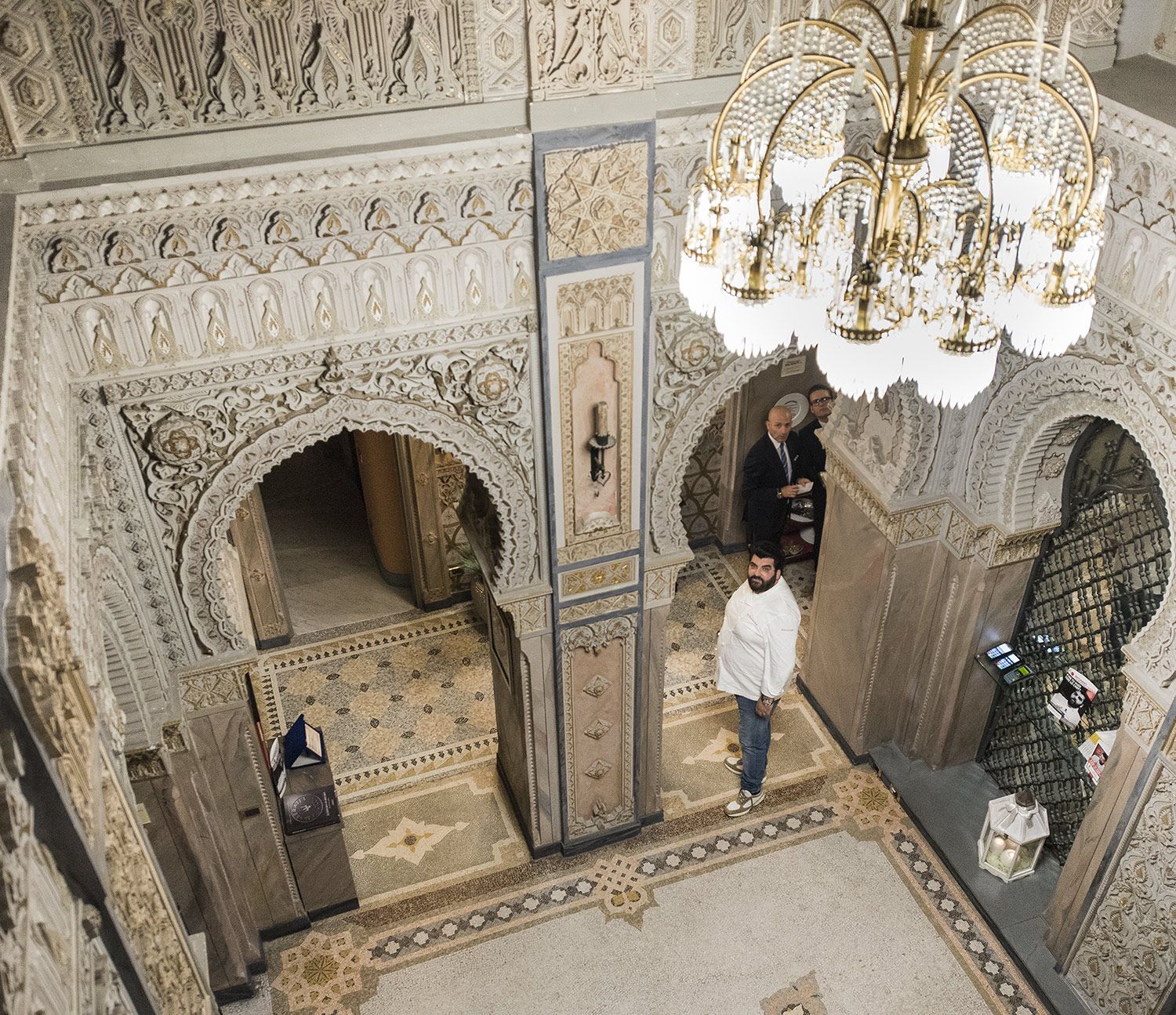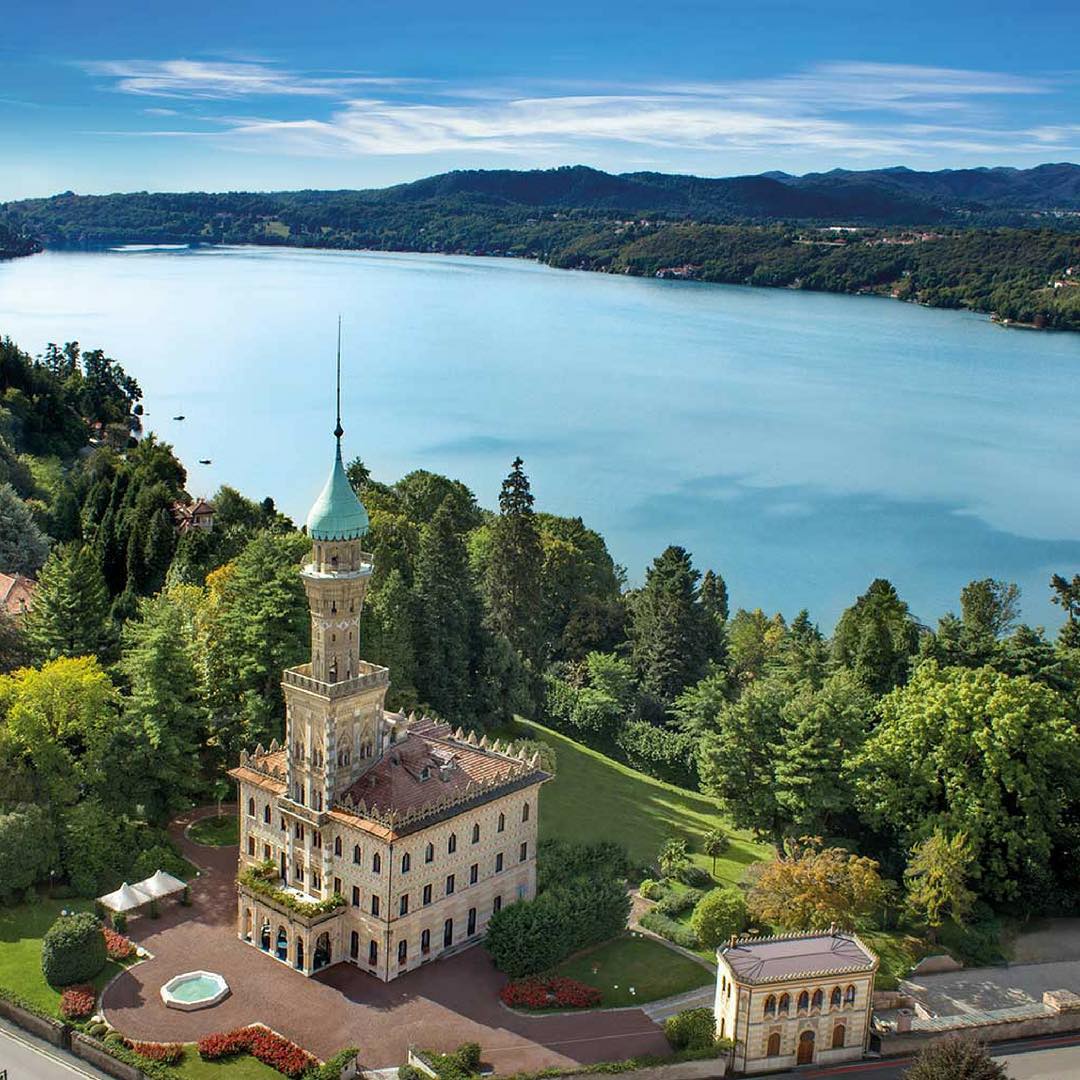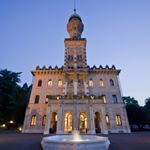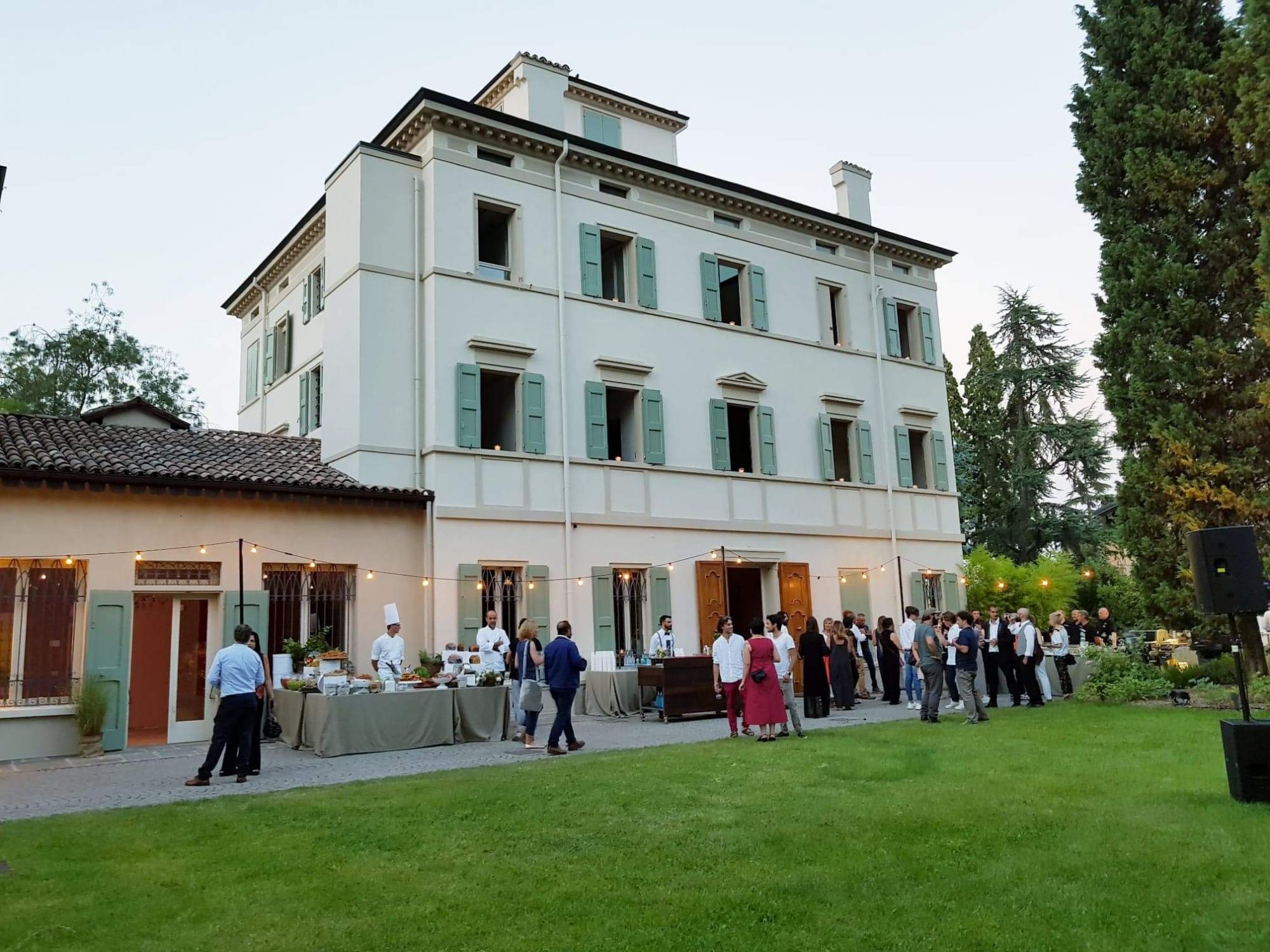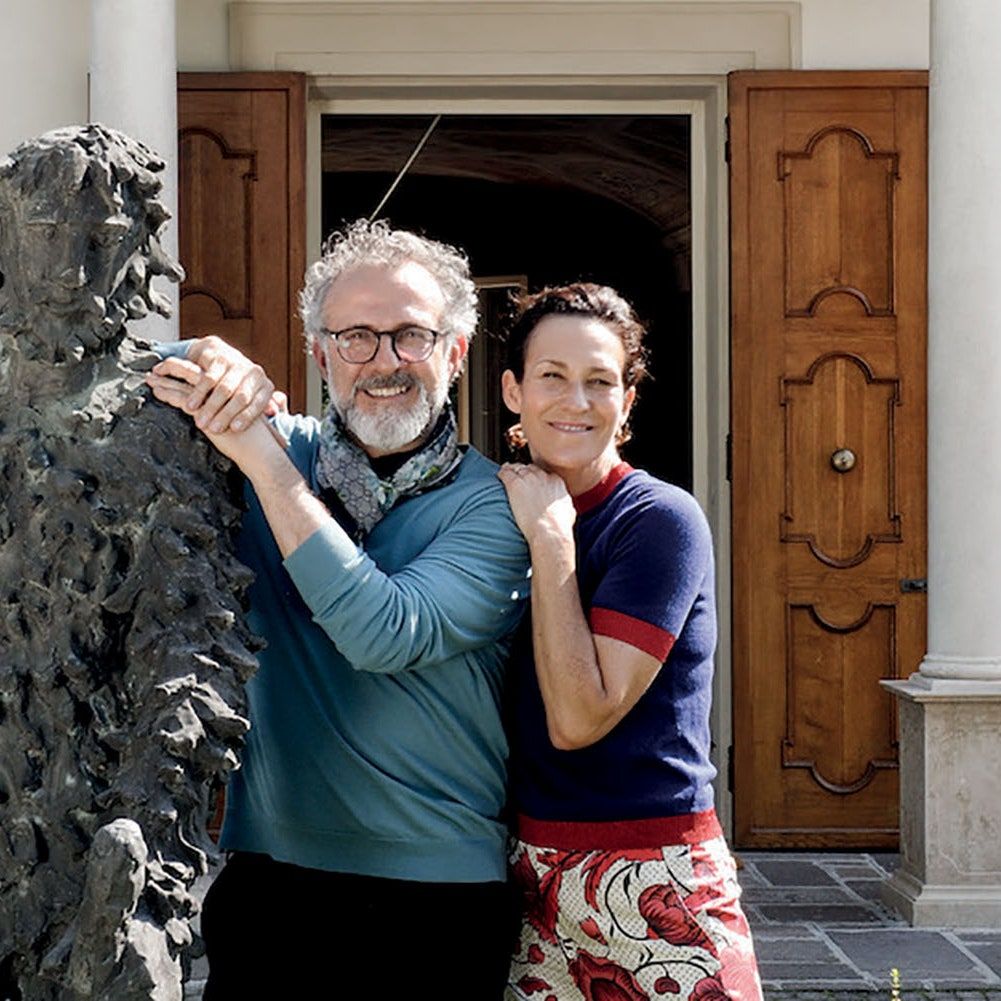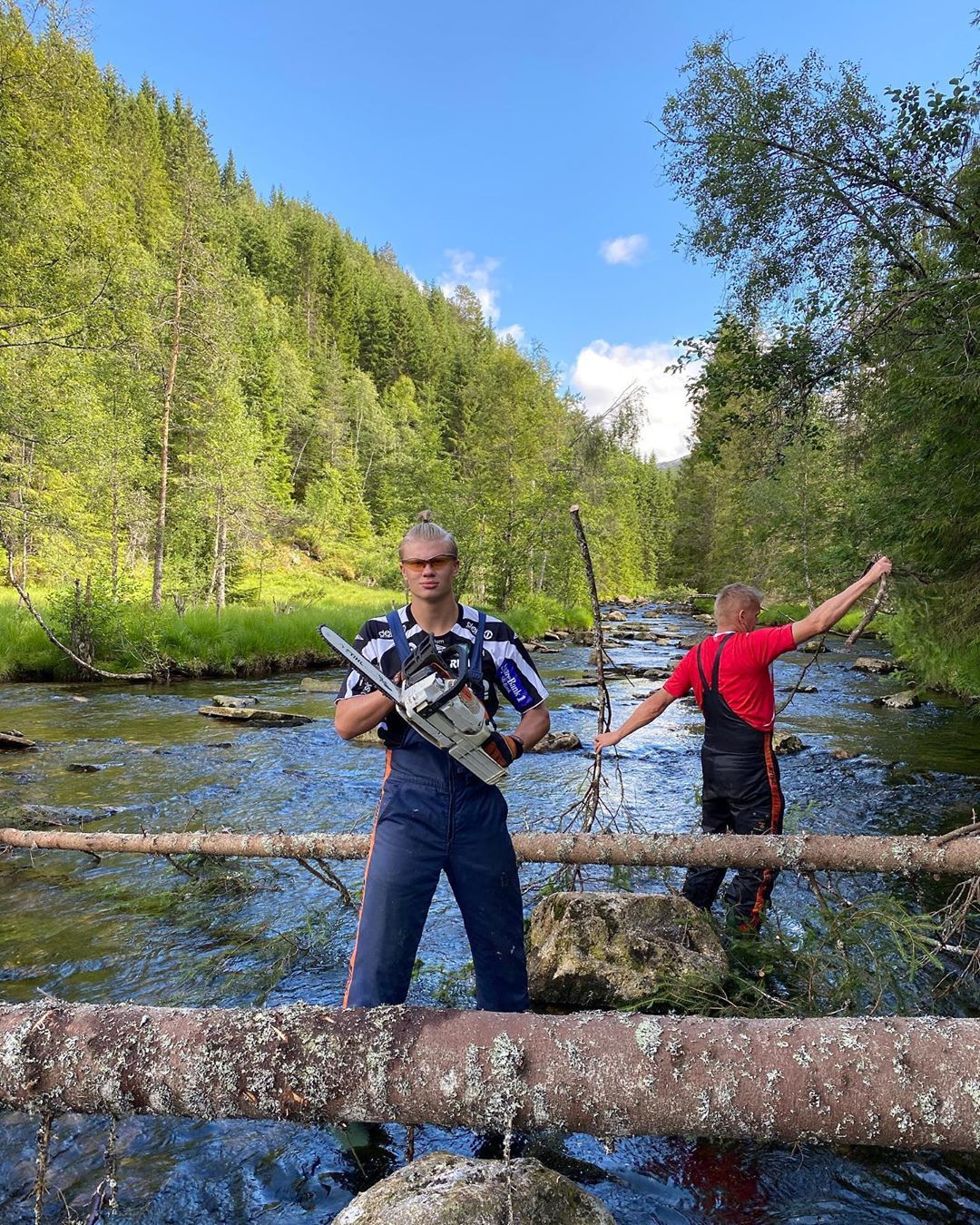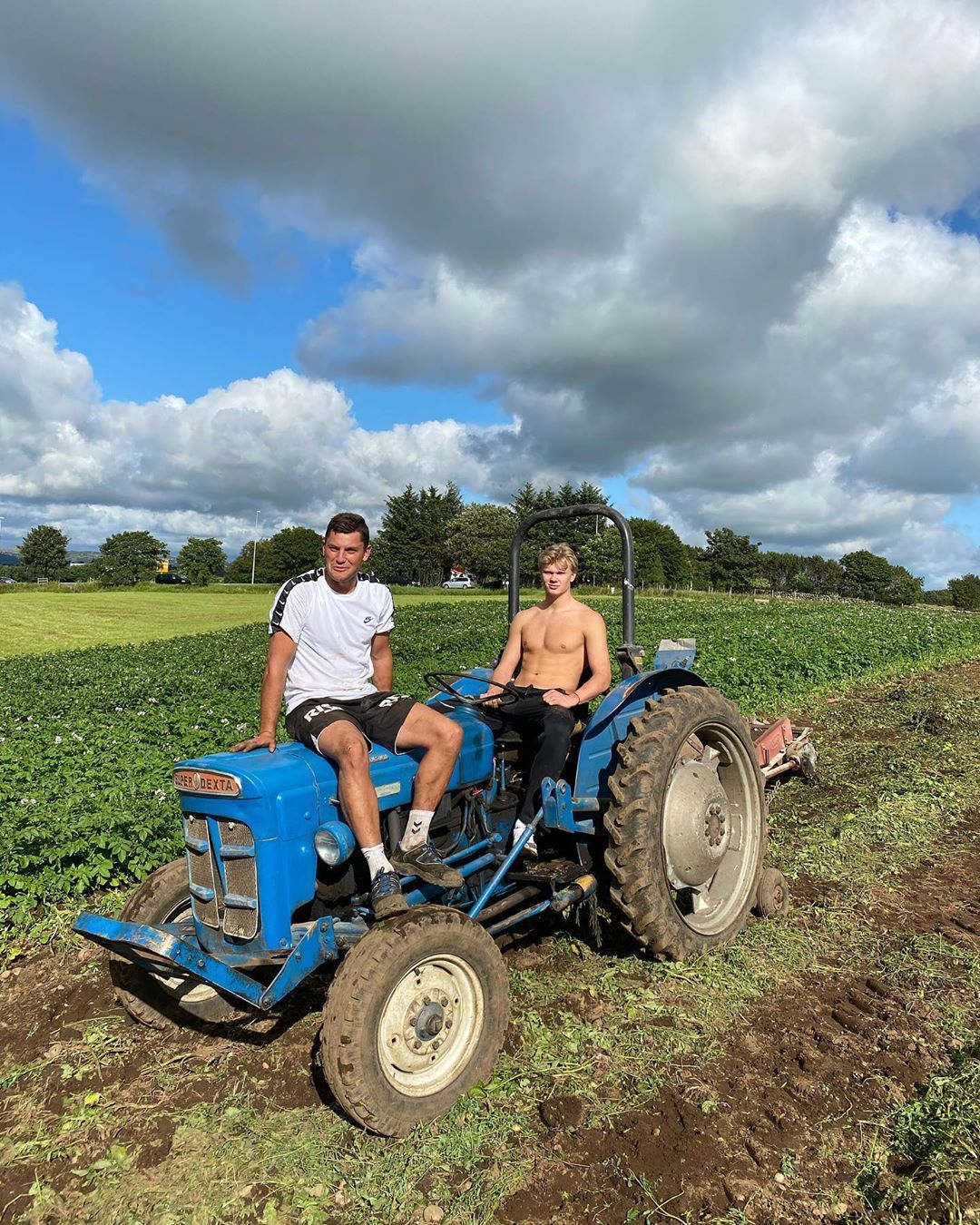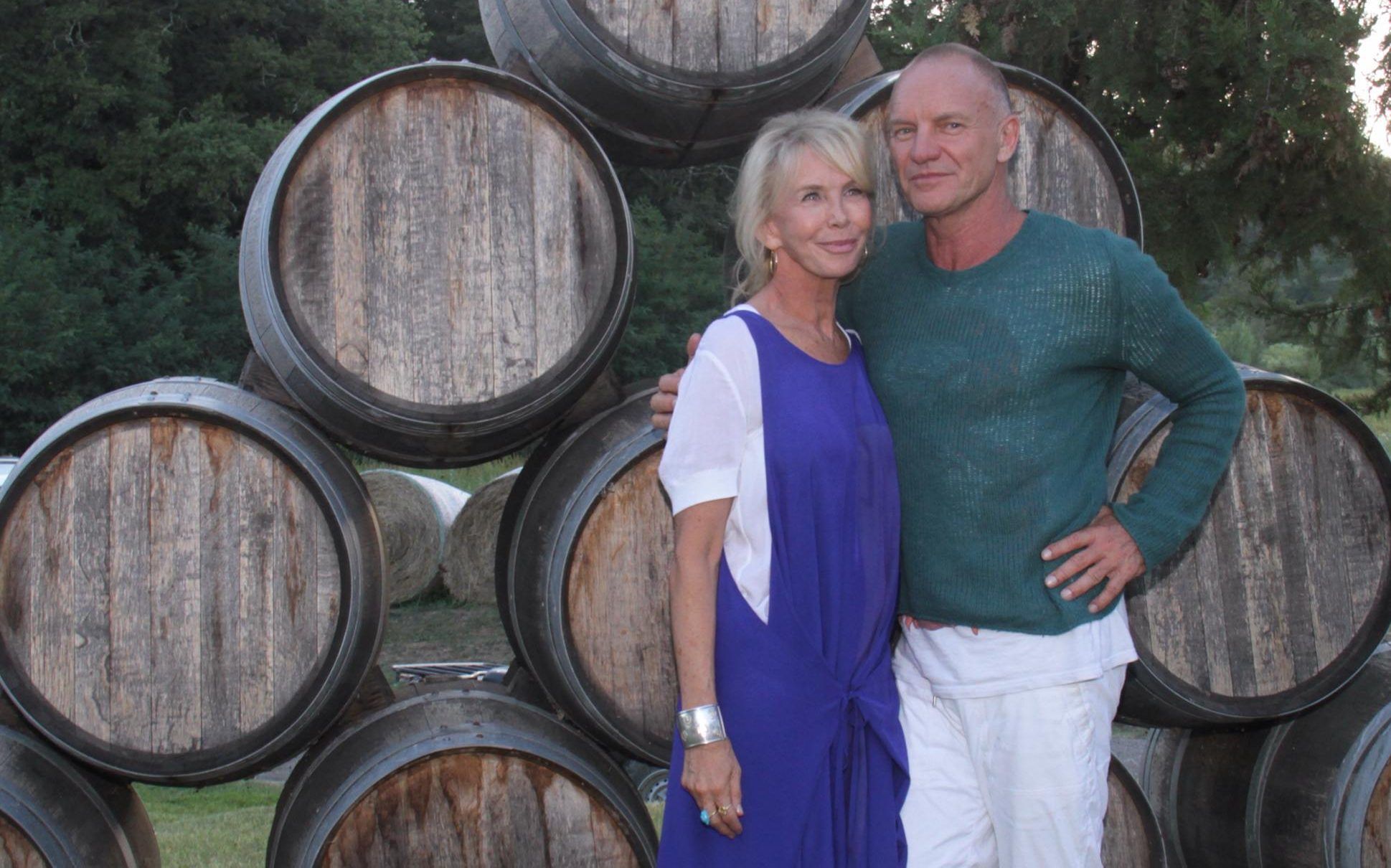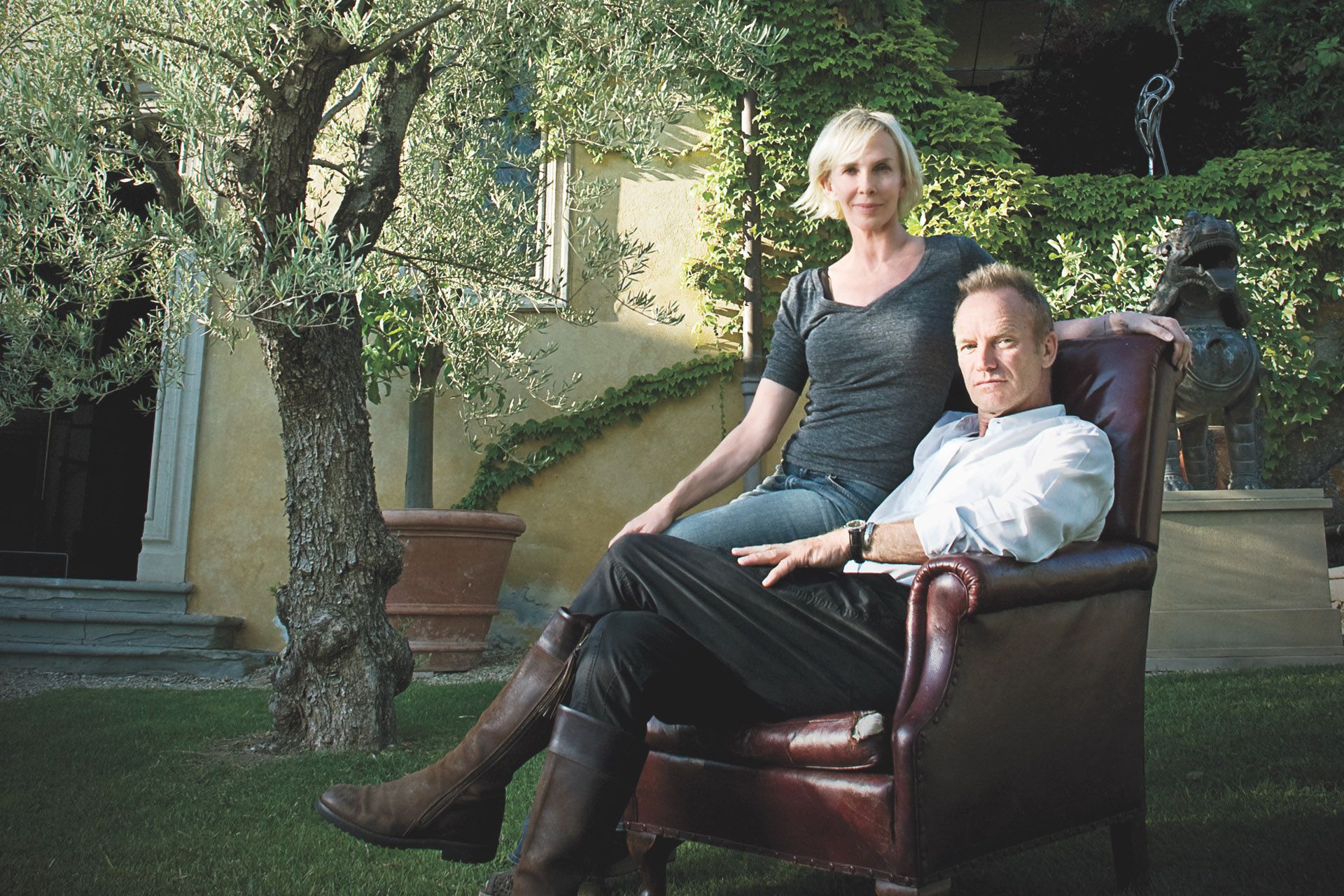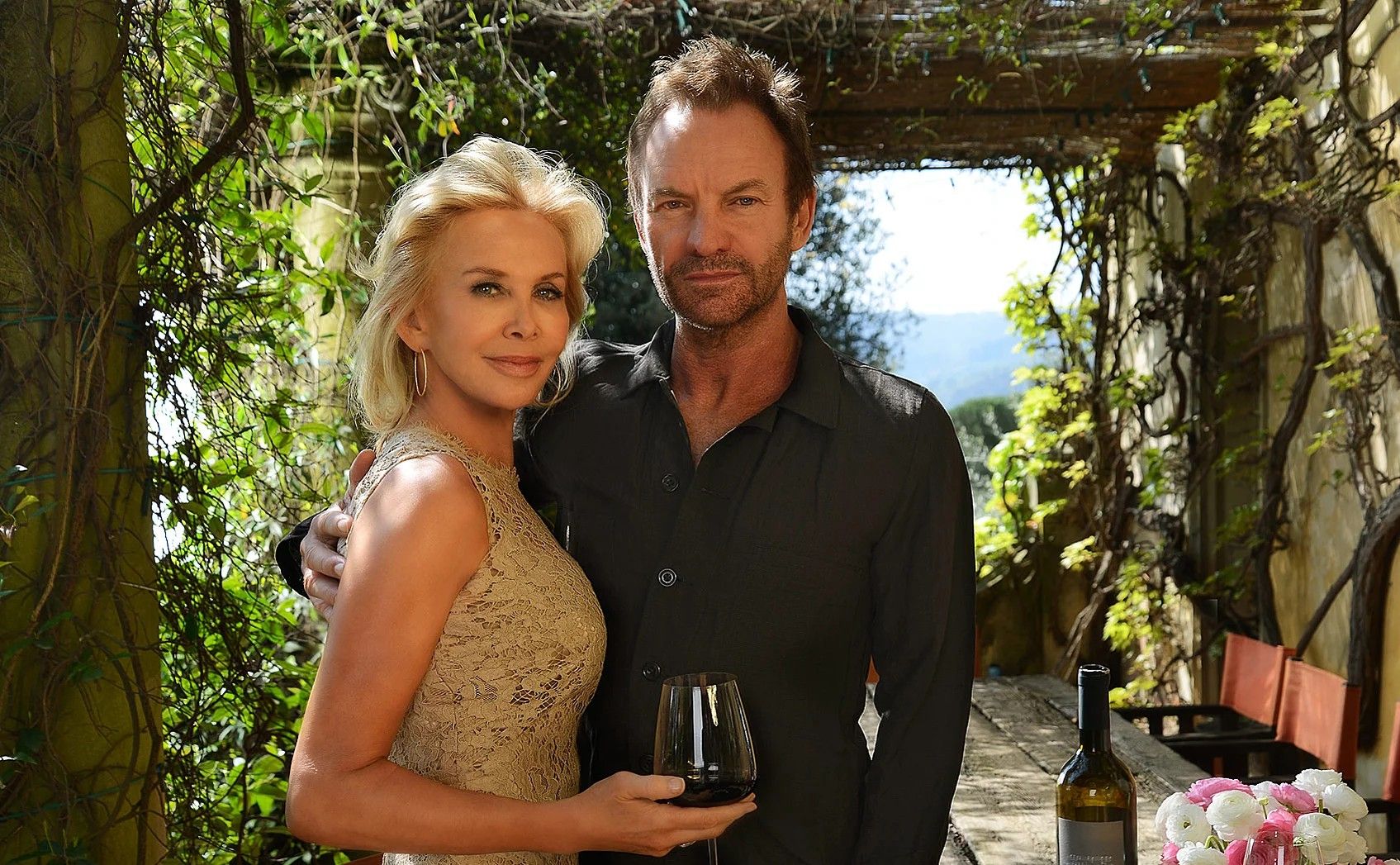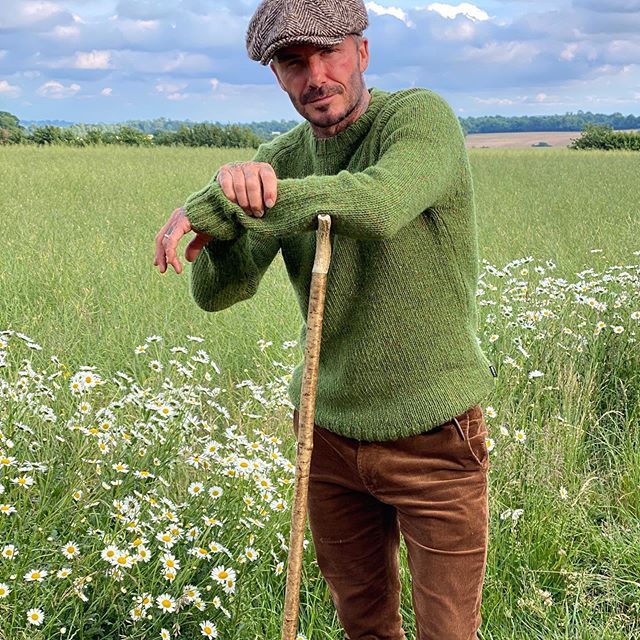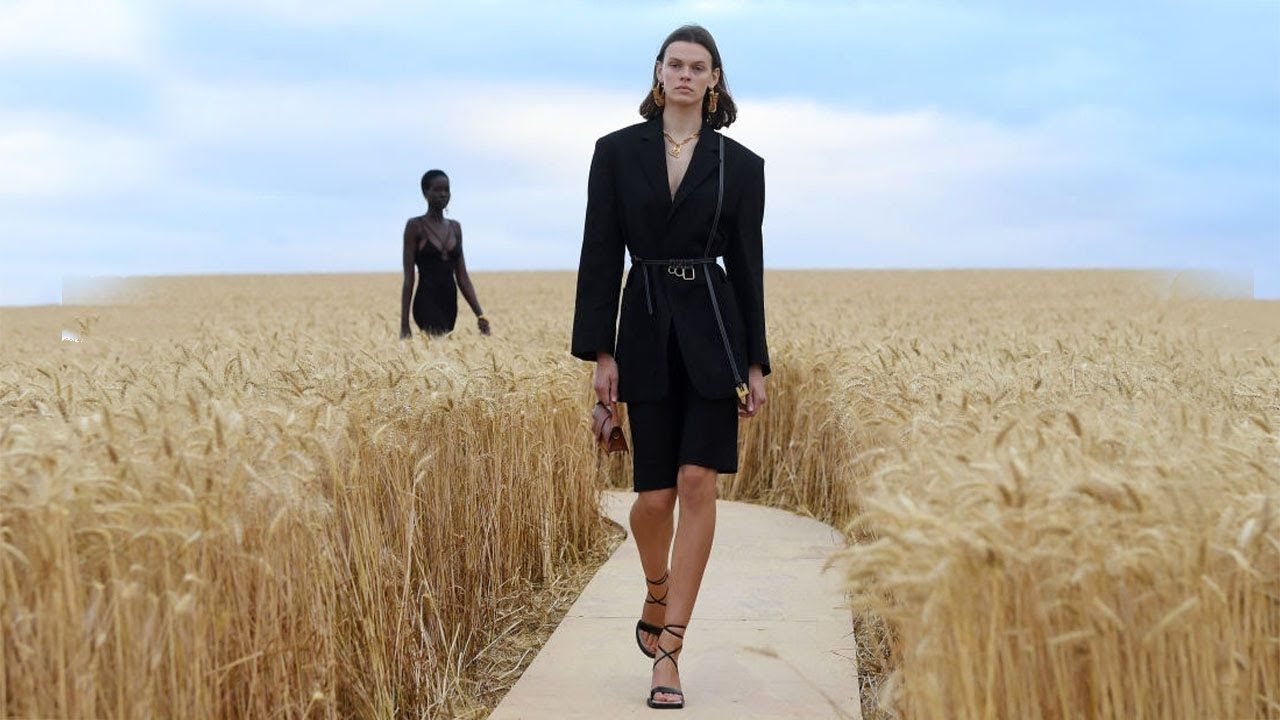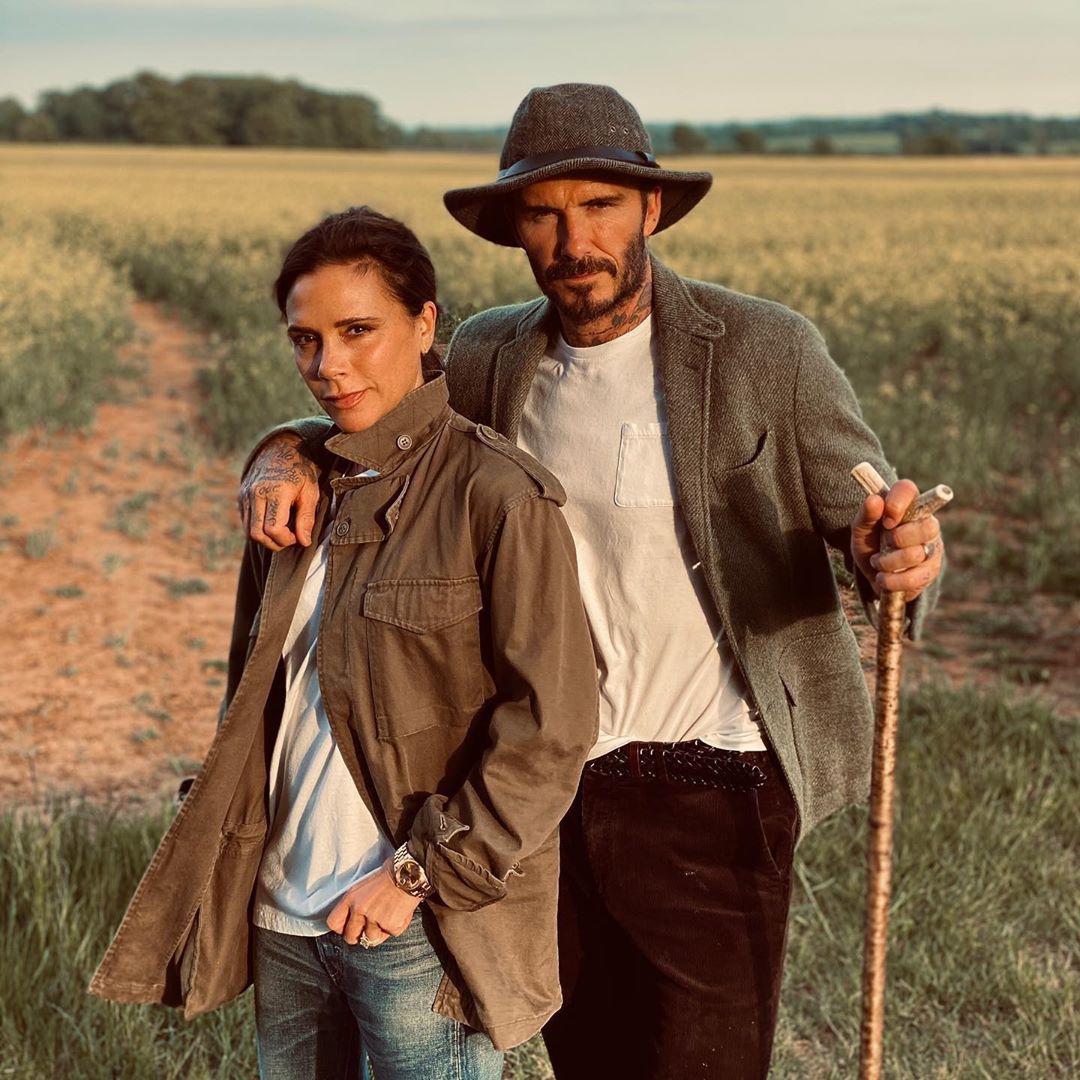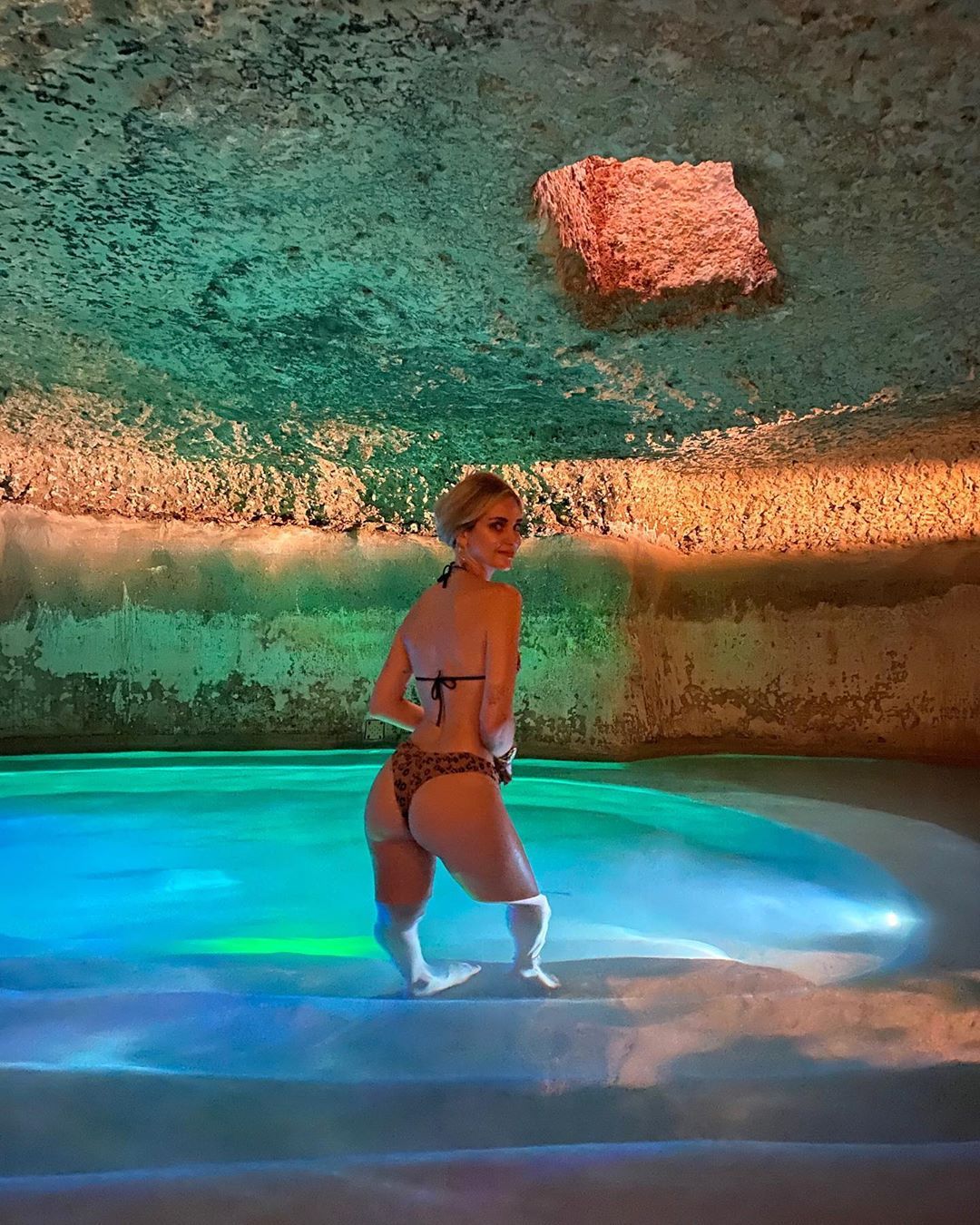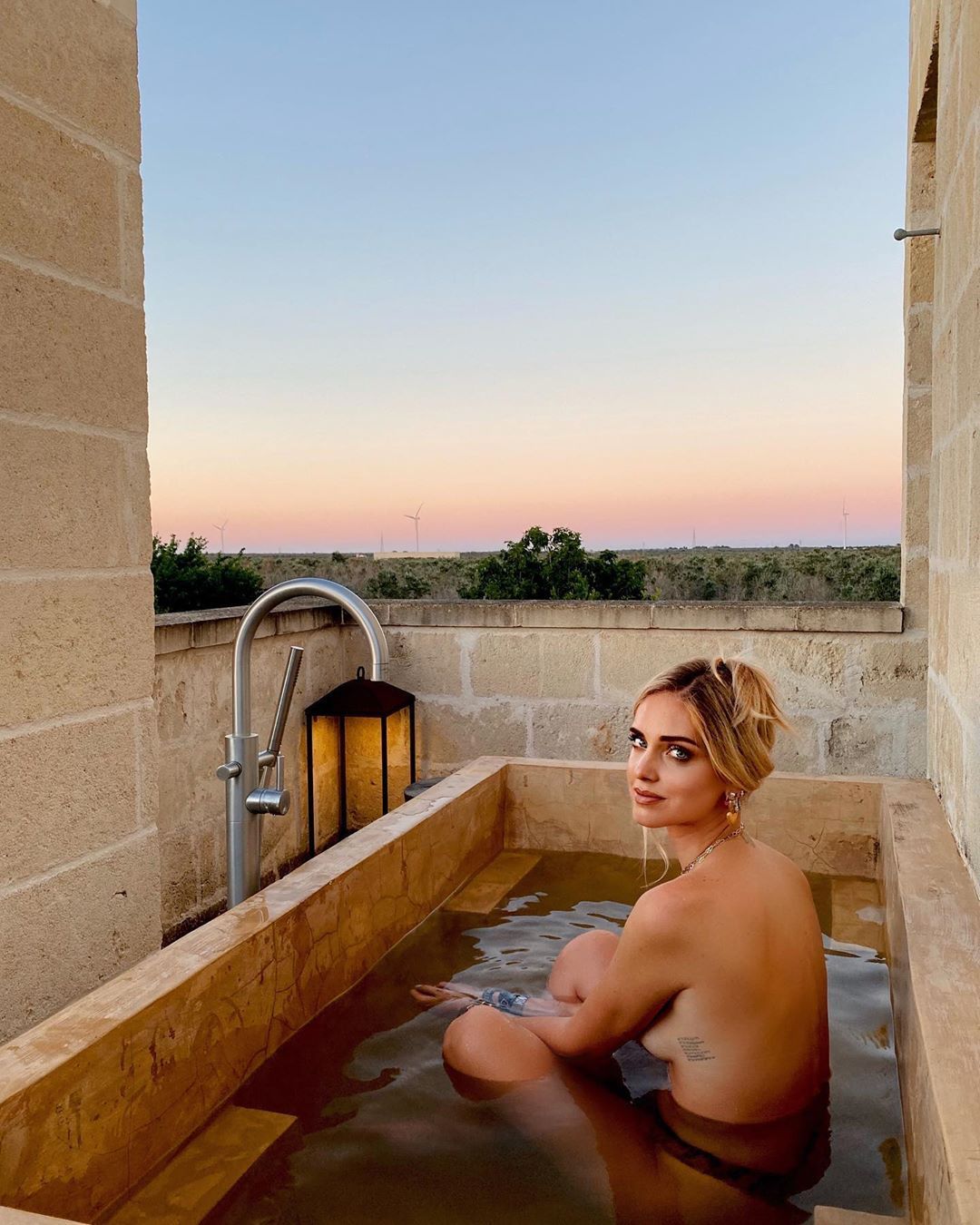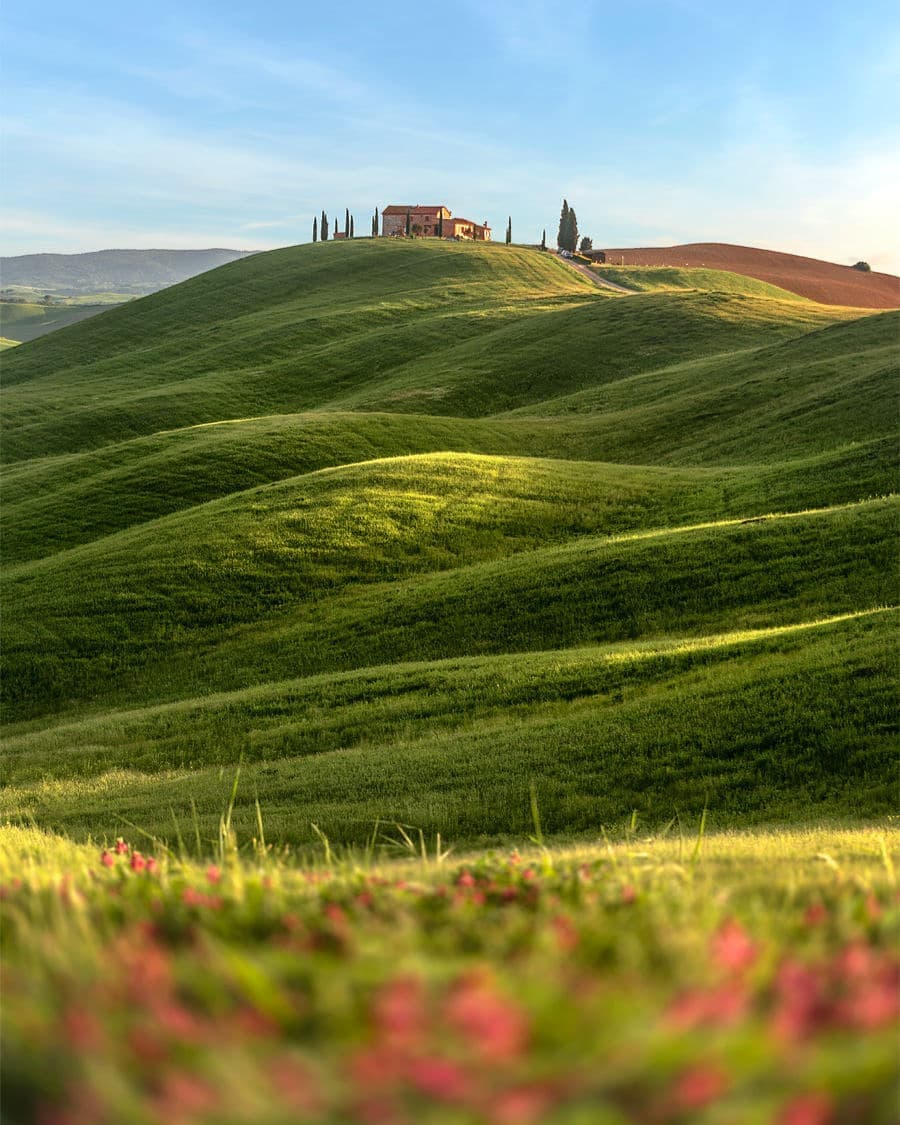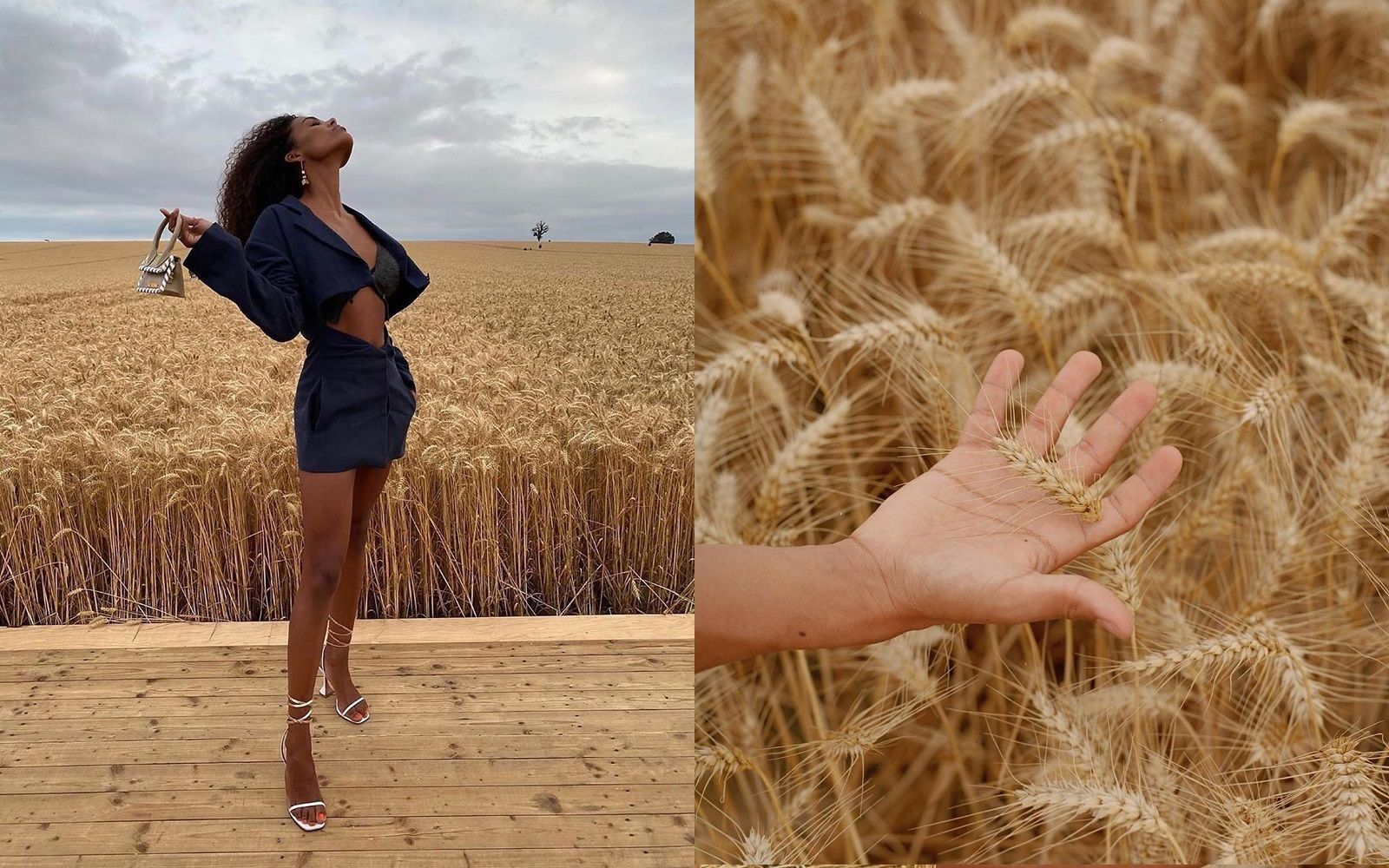
The return of bucolic aesthetics A phenomenon that crosses fashion, lifestyle, gastronomy and current affairs
An expanse of wheat, vast, that seems to swallow the horizon from all sides. Then a bed, a chair and a curvy walkway that draws curved lines. Jacquemus's new Spring/Summer 2020 show opens in the cornfields about an hour from Paris, where the brand French parades dozens of models and models in the middle of the local countryside, where you can see only blonde ears, trees and sky and echoes the unmistakable noise of the steps trampling on straw. In one word, a perfect representation of bucolic aesthetics.
With a fine coloration tending to the heat, the new collection recalls a certain social transversal trait that - given the location - unites people from cities and country people. The Jacquemus show is a symptom of a fashion system that is rediscovered located from the urban-centric world, and the choice to parade in the park of Vexin is an invitation to rediscover a world that is still rural. Just as Dior, on Wednesday, paraded in Lecce focusing on a personal reconciliation with the tradition, in this specific case, that of Puglia, the location of the show in which Maria Grazia Chiuri paraded garments with obvious references to the bucolic aesthetic. The love for the territory and for local folklore was also witnessed by a design and musical accompaniment all branded Salento.
It will also be the reason why not only the masses, but also celebrities and influencers move from the coasts to the hills. In her living room in Salento, Chiara Ferragni has not yet taken a photo on the beach, and after the poses at the Uffizi, she filled her Instagram with farms and historic centers. The appetite for zero-kilometre cuisine of the restaurants of the hinterland beats it, on Instagram feeds, with sea views dinners. The Ferragni family was also joined by the Beckhams, who also vacationed in Puglia - the second family trip after last year's - and witnessed with a beautiful photo of David and Victoria cycling around the streets immersed in nature.
By the way, David Beckham is one of those who likes the campaign: in addition to having spent the quarantine in his cottage - from 6.5 million - in Cotswold, England, the former midfielder has become a class icon in country sauce. In addition to the Peaky Blinders-style hat, Beckham married the bucolic style with a photo with his three dogs surrounded by English lawns, with which his soft wool sweater fits perfectly, as well as the tobacco-colored velvet pant. In recent years, the Beckham over 40 has chosen a vintage - but elegant - style that identifies the typically British Sunday release culture - which for the record, pleases the whole family. But the countryside is not just a trend for thirty-somethings. As soon as the Bundesliga was over, Elring Haaland was photographed riding a tractor on his family estate in Bryne, then went to do manual work (complete with a chainsaw) in the Norwegian woods.
The Ferragnez and the Beckhams are the pop icons who have chosen fields and zero kilometer for their summer, also advertising it on social media, but the passion for the countryside is affecting many Italians. Although it is nothing new - already in 2018 Ansa highlighted the figures of bucolic tourism: 1.5 billion in the summer alone - the myth of the countryside has returned to be a trend of the new summer 2020, characterized by the "local tourism" encouraged by the institutions and marked by the difficulties of the post coronavirus. Renting a cottage or booking at a farmhouse are the starting points for choosing a different summer than usual, with new health standards and the post-pandemic effect that have recommended a holiday away from the masses and detoxified from crowded places. And in Italy, for 82% of Italians who - according to the data - will spend their holidays within the borders, there are 16.7 million hectares of arable land ready to host the new local tourism.
Even Airbnb, the American hosting company, launched the "Go near" program in early summer to encourage travel with a reduced mileage and promote local tourism. Comparing the ads on the main dedicated servers, between sea and hill you can see a certain difference in price. In Tuscany, for example, for a stay in a property in a week at the end of July, a night on Airbnb in the Argentinian area costs no less than 118 euros, while for the same parameters in Val d'Orcia, in the province of Siena, you can also find from 40 euros. Moreover, as Airbnb reports, the search for an overnight in the Tuscan hills has increased by 116% on its platform.
The country ones are spaces suitable for respecting the social distance and prepared to welcome those who, this year, are looking for something other than the sea. Especially because in these weeks, we have noticed that the shorelines hide some boredom. The announced - but in fact non-existent - plexiglass between umbrellas, shortened schedules, forced queues, parking problems and early closures of the premises will make summer at the beach a little less intriguing than usual.
Part of the attraction, undeniably, is food. The local production is in fact integrated with the landscape offer and it is obvious that for the new sustainable variations of food culture, the typical product becomes (for those who can afford it) the emblem of summer food. In this regard, the Michelin-starred chefs also supported the trend, with the opening, by Massimo Bottura, of the Maria Luigia Hotel in the province of Modena, as well as Cannavacciuolo which has Villa Crespi as a flagship restaurant, not just in the open countryside but still out of town and in the middle of nature. Therefore, the aggressive experiences of food and landscape are basically those of a radical change for a few days, with the search for the retail taste and the real essence of the products. In short, the one that you can rarely have in everyday life in the city, among the shelves of supermarkets, or if nothing else, as shown by the smile of Filippa Lagerback in the Arezzo area, to try to taste it in the middle of a field of sunflowers.
Chiantishire, a new age definition of the Chianti hills in Tuscany, is a perfect spot for it. A territory symbol of the country aesthetic in which wine and kilometer zero meet in a mild climate and a relaxing landscape, to spend in a cottage or in a relais and spa. And in fact Sting had seen us along: in 1999 with his wife Trudie Styler he decided to buy one of the most famous villas in the hills around Florence, Villa Plagio, and for several years, he produces - with his own hand - a great wine - who would not want to try his Message in a white bottle of 2018?












































